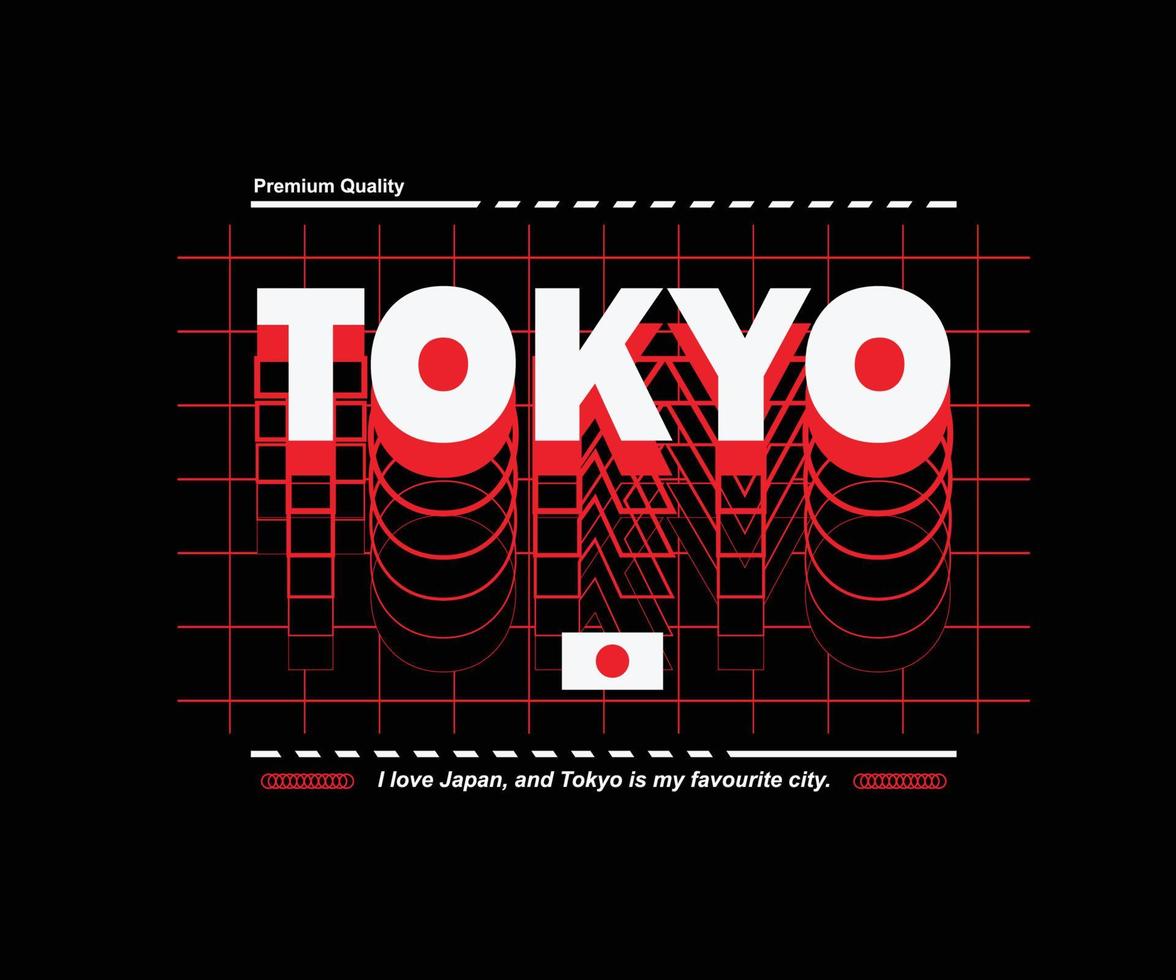Film-themed image
By borrowing these cinematic techniques, painters have expanded the possibilities of their medium, creating works that are not only visually captivating but also rich in narrative and emotional depth sweepstake-casinos.org/casino/websweeps/. The interplay between film and painting continues to inspire artists, encouraging them to push the boundaries of visual storytelling.
Paintings in films do not just allow a creative interjection but execute a dialogue between two art forms. This exploration is not just an experimental activity for the filmmaker but an intellectual activity for the audience that brings out the implicit nuances and additional meanings in all their multiplicities. There are multiple other instances of references or reflections of paintings in films, with new instances being discovered every day. Here are ten other notable examples:
This blog will focus on several key areas where cinematic influences are most evident in painting. We will begin by providing a historical context, highlighting the early intersections of film and painting and the evolution of cinematic techniques. Next, we will delve into specific techniques borrowed from film, such as composition and framing, lighting and color, and narrative storytelling. Through these sections, we will explore how painters use these techniques to create depth, mood, and symbolic meaning in their works.
David Hockney is another artist whose work demonstrates a profound influence from cinematic techniques. Hockney’s vibrant use of color, dynamic compositions, and exploration of perspective and space reflect his interest in the visual language of film. His approach often involves experimenting with multiple perspectives and fragmented compositions, much like the editing techniques used in filmmaking.
The relationship between film and painting is a fascinating interplay of visual arts, where each medium has continually borrowed and evolved from the other. Since the advent of cinema in the late 19th century, the dynamic and immersive nature of film has captivated audiences and influenced various forms of artistic expression. Painters, in particular, have been inspired by the narrative and visual techniques developed in cinema, incorporating these elements into their work to create compositions that are rich in storytelling and emotional depth.
Retro graphic
Igor is an SEO specialist, designer, photographer, writer and music producer. He believes that knowledge can change the world and be used to inspire and empower young people to build the life of their dreams. When he is not writing in his favorite coffee shop, Igor spends most of his time reading books, taking photos, producing house music, and learning about cinematography. He is a sucker for good coffee, Indian food, and video games.
While psychedelic influences from the 1960s continued well into the 70s; this groovy decade was all about bell bottoms, disco, funk, and free luuurve. Design-wise, the style of the decade flaunted bold colors, thick lines, flowery patterns, and curvy fonts. And now, 50 years on, graphic design inspiration from the 1970s is still all the rage!
Graphic design trends are constantly evolving, but one movement that has been making a strong comeback is nostalgia-inspired design. Retro aesthetics, vintage typography, and classic color palettes are being revived to evoke emotions and create deeper connections with audiences. Whether it’s the bold colors of the ’80s, the grunge textures of the ’90s, or the minimalistic charm of mid-century designs, nostalgia in graphic design is reshaping the industry. This blog explores why nostalgia is so powerful, how it’s influencing modern design, and how businesses can leverage this trend to enhance brand identity.

Igor is an SEO specialist, designer, photographer, writer and music producer. He believes that knowledge can change the world and be used to inspire and empower young people to build the life of their dreams. When he is not writing in his favorite coffee shop, Igor spends most of his time reading books, taking photos, producing house music, and learning about cinematography. He is a sucker for good coffee, Indian food, and video games.
While psychedelic influences from the 1960s continued well into the 70s; this groovy decade was all about bell bottoms, disco, funk, and free luuurve. Design-wise, the style of the decade flaunted bold colors, thick lines, flowery patterns, and curvy fonts. And now, 50 years on, graphic design inspiration from the 1970s is still all the rage!
Classic artwork
Also known as The Roman Maidens, this is one of the most popular paintings by Filipino painter Juan Luna. The artist created this painting during his six years of stay in Rome during the Spanish period. The painting shows a domestic scene of ancient Roman life, portraying two ladies lying on the stairs. The women in the painting seem to be in harmony with nature, representing the richness of life.
In curating 50 most iconic old paintings that withstood the test of time, patterns emerge around how certain paintings overlooked artistic conventions to channel wider cultural pivots and then reverberate through eras. Rather than aim for an impossible “best” hierarchy that would reflect subjective preferences, this article aspires to unpack why these particular works stick in our minds.
The Great Wave encapsulates Ukiyo-e style with its simple lines, lack of perspective, and decorative elements. It emerged when Edo period Japan cut off contact with the outside world. The image continues to impact pop culture and art across the globe.

Also known as The Roman Maidens, this is one of the most popular paintings by Filipino painter Juan Luna. The artist created this painting during his six years of stay in Rome during the Spanish period. The painting shows a domestic scene of ancient Roman life, portraying two ladies lying on the stairs. The women in the painting seem to be in harmony with nature, representing the richness of life.
In curating 50 most iconic old paintings that withstood the test of time, patterns emerge around how certain paintings overlooked artistic conventions to channel wider cultural pivots and then reverberate through eras. Rather than aim for an impossible “best” hierarchy that would reflect subjective preferences, this article aspires to unpack why these particular works stick in our minds.
The Great Wave encapsulates Ukiyo-e style with its simple lines, lack of perspective, and decorative elements. It emerged when Edo period Japan cut off contact with the outside world. The image continues to impact pop culture and art across the globe.

0 comentarios